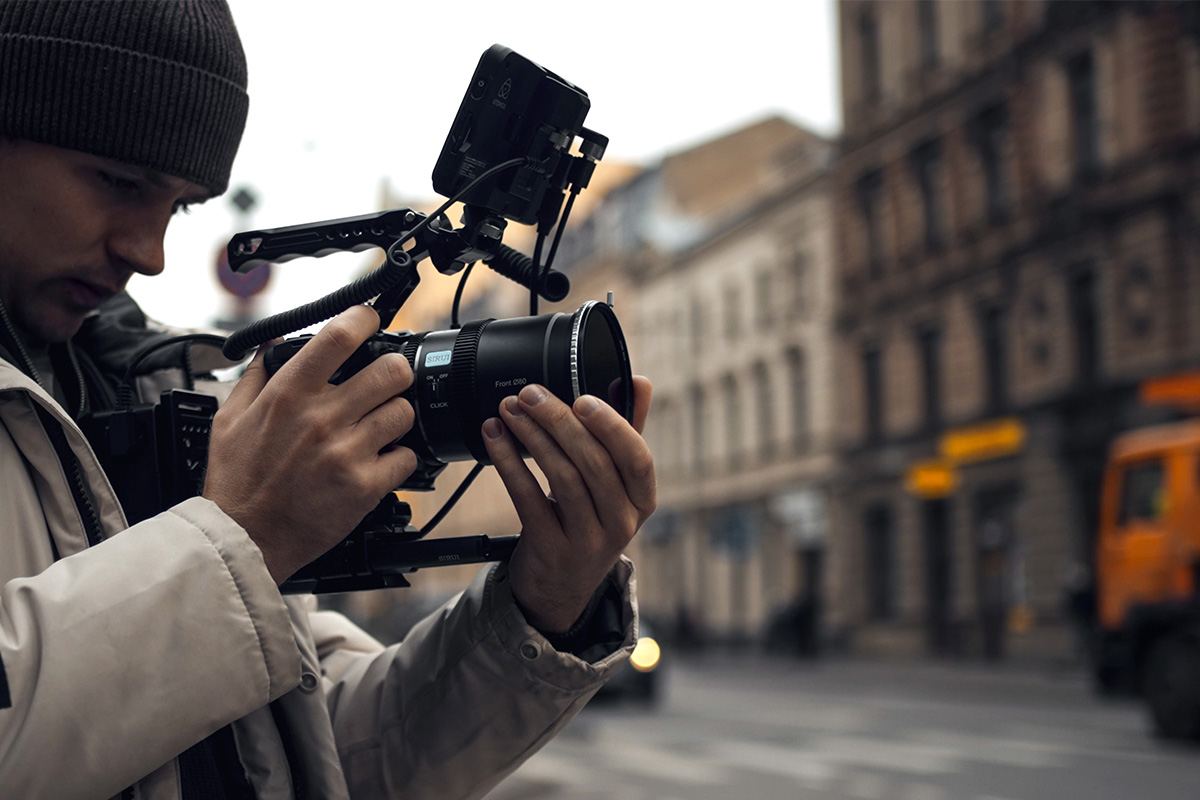We have summarized the most common mistakes in wide-angle photography and explained how to fix them. Also, read our recommendations for camera equipment to achieve optimal results.
Introduction:
Wide-angle photography remains one of the most popular categories to this day. It has a large fan base that photographs dramatic architecture, impressive portraits, and vast landscapes. These shots are taken with wide-angle lenses on full-frame cameras, which typically have a focal length of less than 35 mm.
This allows the camera to capture a larger field of view on its sensor. Such lenses also feature apertures between f/1.4 and f/2.8, making them particularly bright and capable even in low light conditions. As simple as it may sound, the reality is that this niche is not without challenges. Both experienced photographers and beginners make serious mistakes that lead them into the trap of disappointments and missed opportunities to capture masterpieces.
Common Mistakes in Wide-Angle Photography
1. Flat Photos:
Most people get carried away by wide-angle lenses to capture as much as possible but neglect the importance of the foreground. This causes the images to appear flat and cluttered or to empty the frame. Therefore, always pay attention to strong foreground elements to give the image depth. Also, use the rule of thirds and leading lines to guide the viewer's eye. Then simplify the image with two or three elements.
2. Unintentional Subject Distortion
This is one of the most common mistakes in wide-angle photography: photographers try to capture landscapes or architecture but exaggerate the size of objects close to the lens. This happens when the subject is too close, causing the lens to bend straight lines and enlarge nearby objects. The result is stretched or distorted faces or architectural elements.
To avoid this, always use a special lens for landscape and architectural photography designed to minimize distortion. Also, maintain a proper distance from the lens to minimize distortion.
3. Vignetting and Light Falloff
Uneven illumination occurs when light reaches the edges of a wide-angle lens and darkens the image corners. Use a camera lens with coatings that minimize light falloff. You can also use a lens hood to prevent stray light. You can also try slightly stopping down your lens aperture to avoid vignetting.
4. Non-Level Horizon
Ask any professional photographer, and they will agree that a tilted horizon is a sure sign of a rushed shot. This is especially true for wide-angle shots. These lenses amplify distortion and tilt of the horizon line, making it look unnatural and like the work of a beginner. We always recommend using a tripod for wide-angle shots and turning on the grid to determine the horizon height. Also, always invest in a camera lens with minimal curvature distortion.
5. Neglecting Lens Quality
Cheap wide-angle lenses are produced with compromises, resulting in blurry images, poor contrast, and chromatic aberration. Modern optical design of internal elements and the quality of materials used significantly influence wide-angle photos. Therefore, always invest in high-quality lenses and maintain them carefully.
Summary:
However, such lenses should not be too expensive. The SIRUI Vision Prime is a high-quality cine lens that is not too expensive and solves almost all of the above problems.
This lens was specially developed for filmmakers and photographers who prefer wide-angle shots. It is equipped with advanced glass elements and coatings. The ultra-fast T1.4 aperture gives you full control over depth of field and helps compensate for the typical challenges of selective focusing in the wide-angle range.
The entire lens construction is designed to virtually eliminate distortion, stray light, and chromatic aberration. Furthermore, it is full-frame compatible for wide-angle shots without cropping and enables the creation of cinema-quality video footage. With this lens, you avoid most mistakes of wide-angle photography and achieve professional clarity and artistic impact.





